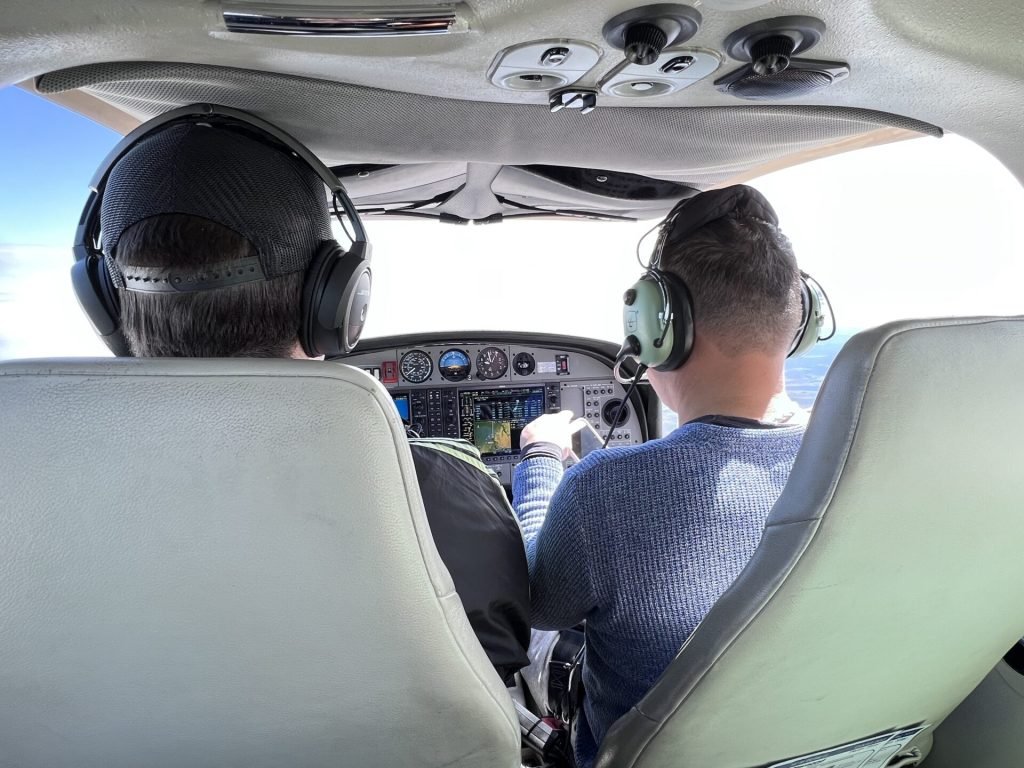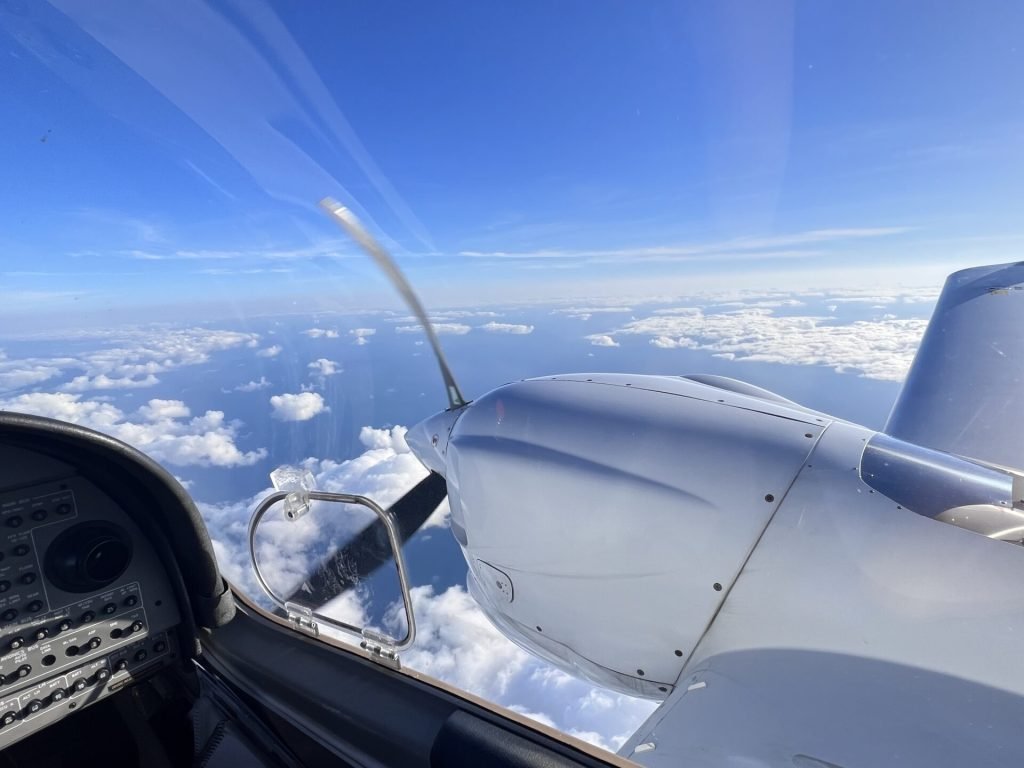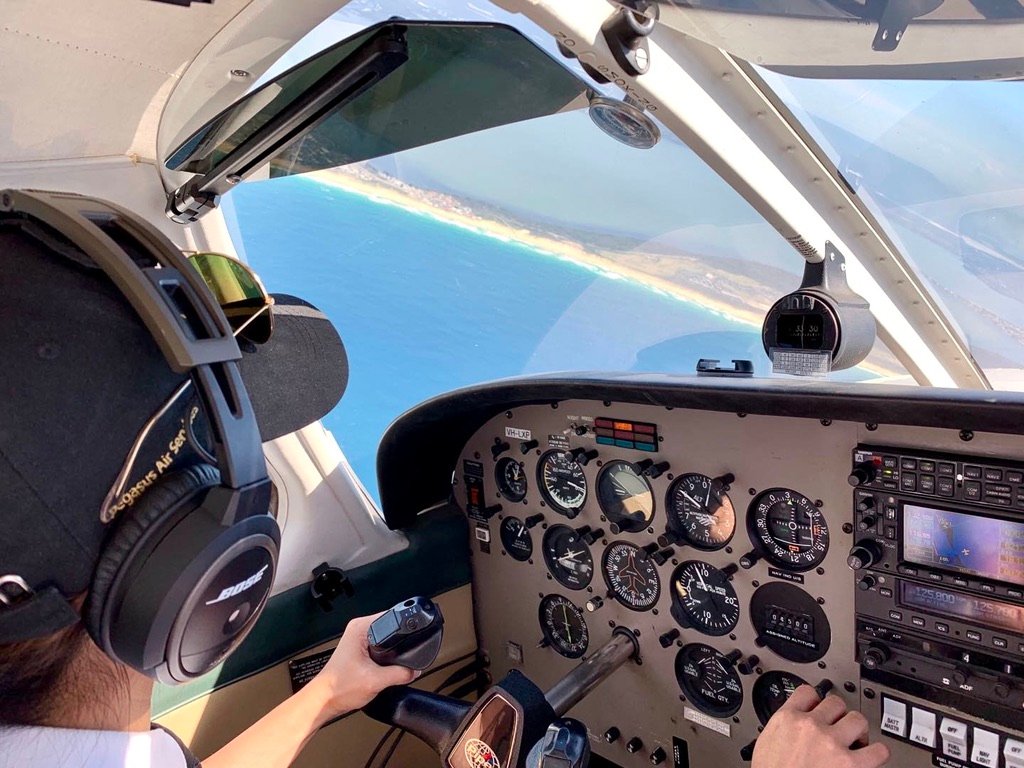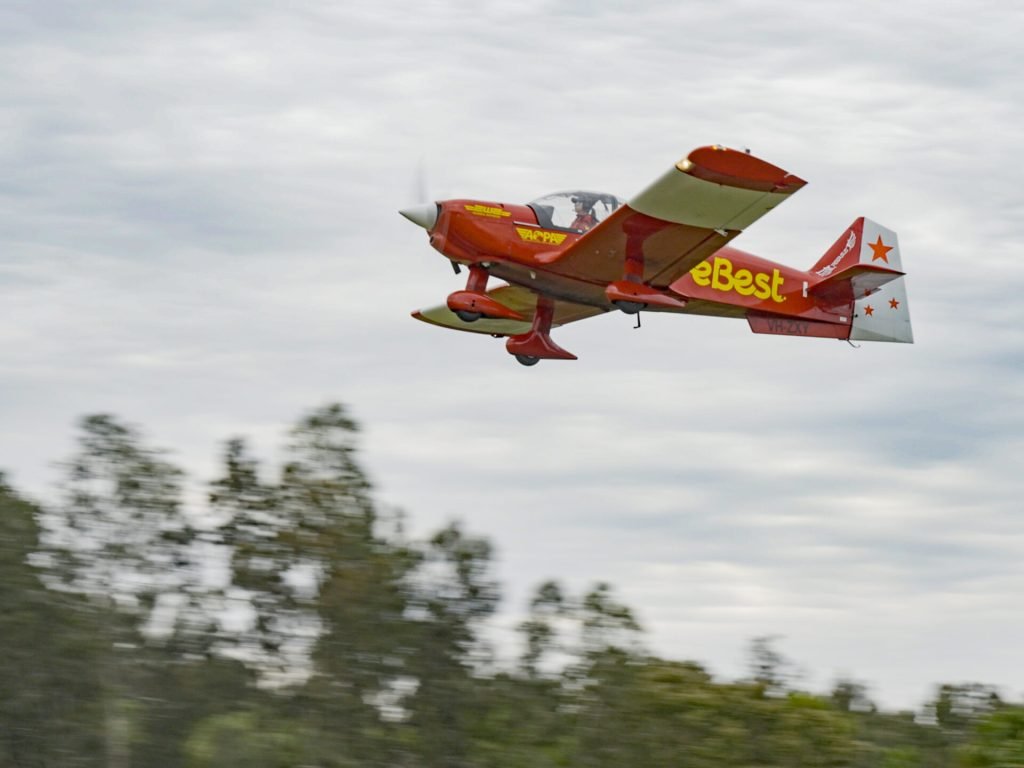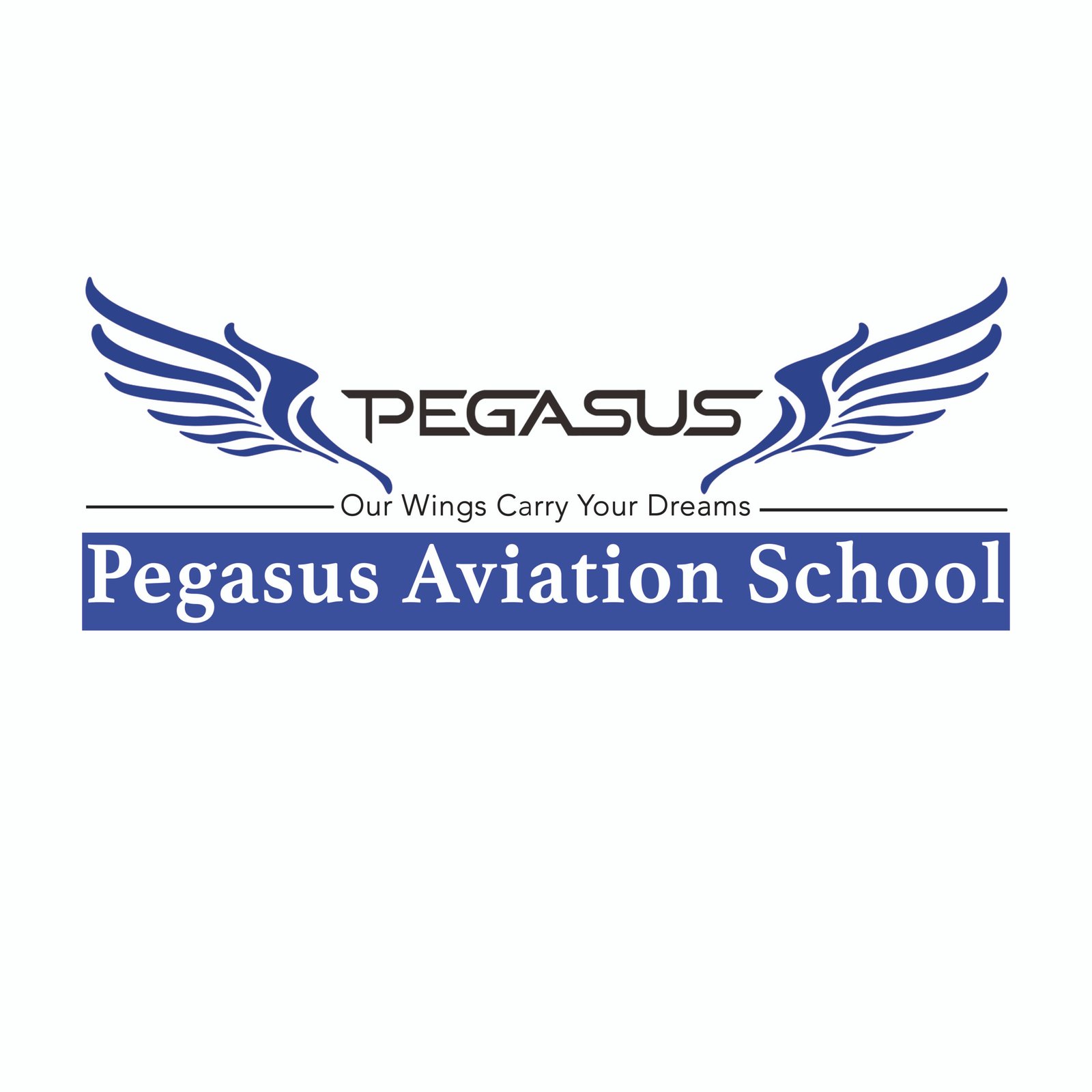Welcome to Pegasus
Our Wings Carry Your Dreams
8 Years
Teaching Experiences
300+
Graduated Trainees
100%
Safety Rate
10000+
Flying Hours

CASA certified 141 Professional Flying Organization
CASA. 141 FT0.0282
Our Diamond Aircraft
Pegasus Aviation School proudly uses the latest Diamond DA40NG and DA42NG aircraft for training. Our modern fleet ensures students gain hands-on experience with cutting-edge aviation technology, preparing them for a successful career in the skies.
Why learn to fly with us?
Pegasus Aviation School is a CASA registered part 141 flight training school, as well as a part 135 charter flight services provider. All faculty members under the school are CASA certified and they have very rich teaching experience for both local and international students. The school maintains a well-recognized zero flight accident safety record in the industry.
EXCELLENTTrustindex verifies that the original source of the review is Google. A very special moment to myself, soaring through the sky and learning to control the flight. Thank you to my pilot Li, flying alongside a female pilot was especially empowering and inspiring. I love every moment of this experience and I’m so proud of what I’ve accomplished.
Owner's reply
Thank you so much for your kind words! We’re thrilled to hear that your experience was so special and empowering. It’s wonderful to know that flying alongside a female pilot was inspiring for you. We're proud of your accomplishments as well and look forward to seeing you continue to soar in the sky. Keep up the great work!Trustindex verifies that the original source of the review is Google. After researching and comparing many flight schools, I chose Pegasus Aviation School, and I couldn’t be happier with my decision. The instructors are not only professional but also incredibly friendly and approachable, which made learning much easier and enjoyable. Their fleet is modern and well-maintained, ensuring a safe and reliable training experience. The school’s location right in the heart of Bankstown Airport is another big plus, offering excellent accessibility and an ideal training environment. The customer service team, especially the staff at reception, are always kind and welcoming, making students feel supported from day one. The school also has a vibrant student community and a great learning atmosphere, which truly motivates you to succeed. I highly recommend Pegasus Aviation School to anyone who is serious about pursuing their flying dreams!
Owner's reply
Thank you so much for your thoughtful review! We're delighted that you’re pleased with your choice of Pegasus Aviation School. We strive to create a learning environment that is both professional and welcoming, and it’s great to hear that our instructors, fleet, and location have contributed to your positive experience. We're also glad you’ve enjoyed the supportive atmosphere and the vibrant student community. Your recommendation means a lot to us, and we’re excited to continue supporting you as you pursue your aviation goals!Trustindex verifies that the original source of the review is Google. I had an excellent experience with The Pegasus Aviation School! The school provides a variety of aircraft, which makes training comprehensive and adaptable to different needs. The instructors are true professionals—both patient and passionate about flying and teaching. One of the standout aspects of this school is the personalized approach the instructors take. They tailor their guidance to individual needs, ensuring that each student receives accurate and constructive feedback. After every flight, they conduct thorough debriefing sessions, offering detailed insights to help you improve and prepare for the next session. Their ability to motivate and inspire students is remarkable. You feel supported every step of the way, whether you're mastering basic skills or tackling more advanced maneuvers. Overall, I highly recommend this aviation school to anyone looking for a well-rounded and professional flight training experience!
Owner's reply
Thank you for your wonderful feedback! We're so glad to hear that your experience with Pegasus Aviation School has been both rewarding and personalized. We believe in offering a range of aircraft to suit different training needs, and it's fantastic that our instructors were able to tailor their guidance to your specific goals. The debriefing sessions and constructive feedback are essential parts of the learning process, and it’s great that you found them helpful. We’re proud to inspire and motivate our students at every stage of their training. Your recommendation means a lot to us, and we look forward to supporting you in the future!Trustindex verifies that the original source of the review is Google. Nice instructor and school facility.
Owner's reply
Thank you for the great feedback! We're thrilled to hear that you enjoyed both our instructor and the facilities. We take pride in providing a welcoming and professional environment for all our students. Hope to see you back in the skies soon!Trustindex verifies that the original source of the review is Google. Switched to this flying school after obtaining my RPL at Basair close by, came for the DA40NG and love the team here, Li and Marco have been super helpful in my nav training for PPLTrustindex verifies that the original source of the review is Google. Pegasus provides an ideal mix of adventure and hands-on learning. Their modern fleet and dedicated staff create a top-notch experience, making sure every flight is enjoyable and educational.Trustindex verifies that the original source of the review is Google. Pegasus's RPL course was top-notch! The instructors were patient and professional, guiding me through each step with clear, concise lessons. The course was well-paced, allowing me to progress confidently at my own speed. The aircraft were well-maintained, and the staff was always supportive. For anyone considering their RPL, Pegasus provides an outstanding experience!
Owner's reply
Thank you for your kind words! We’re delighted to hear you enjoyed our RPL course and felt supported by our instructors and staff. Your feedback inspires us to continue delivering top-notch training experiences. Wishing you all the best in your aviation journey!Trustindex verifies that the original source of the review is Google. Had a great experience learning to fly at Pegasus. The instructors are extremely professional and great at their jobs. The range of aircraft they have is great and their Diamond Aircraft even have air conditioning.
Owner's reply
Thank you for sharing your experience! We're so glad to hear you enjoyed learning to fly with us and appreciated our professional instructors and aircraft selection. The air-conditioned Diamond Aircraft are definitely a favorite among our students! We look forward to seeing you in the skies again soon!Trustindex verifies that the original source of the review is Google. Learning to fly the DA40NG was a great experience! This aircraft is advanced, safe, and very friendly to beginners. My instructor Mido was very professional and attentive, making the learning process easier and more confident.
Owner's reply
Thank you for your fantastic feedback! We're thrilled you enjoyed flying the DA40NG—it’s indeed an excellent choice for beginners with its advanced features and safety. We're also delighted to hear that Mido provided you with professional and attentive instruction to boost your confidence. We’re proud to have been part of your aviation journey and hope to see you flying with us again soon!Trustindex verifies that the original source of the review is Google. If you’re interested in aviation, I can’t recommend Pegasus enough! The aircraft are impeccably clean and well-maintained, ensuring a smooth and safe experience. My trial flight was not only informative but inspiring, thanks to the professional and approachable team who made everything feel comfortable and exciting. Whether you’re new to flying or aiming to pursue it seriously, Pegasus is the perfect place to start your journey.
Owner's reply
Thank you for your glowing review! We’re thrilled you found your trial flight both inspiring and comfortable. Your kind words about our team and aircraft mean a lot to us. We’re excited to be part of your aviation journey and look forward to seeing you in the skies again!
The best way to start is to book a trial introductory flight (TIF). You can book a TIF on any day of the week. Pegasus Air Services regularly holds open day to show everyone what is it like to be a pilot and everything about the aviation career. Not only can you enjoy a free outdoor barbecue, but you also have the opportunity to meet your future instructors, as well some decent aircraft.
Australia has no age restrictions on learning to fly, but it has clear requirements for the age of going first solo and obtaining a pilot licence. Student can only go first solo if they are 15 years old or above; apply for the RPL test and get a RPL only if they are 16 years old or above; apply for the PPL test and get a PPL only if they are 17 years old or above; and apply for CPL test and get a CPL only if they are 18 years old or above. Depending on the licence, but we suggest students start learning to fly few months in advance so as soon as they meet the age requirement, they can apply for their flight test and get their licence straightaway.
The training time you need to meet the test standards depends on your personal flight and learning efficiency. Take the RPL course as an example. If you can guarantee 4-5 hours of flying a week, the expected time to complete RPL is about 10 weeks. If you can only guarantee 2 hours of flying a week, it may take about 20 weeks to complete.
Absolutely! As long as you are able to use English for daily communication, you will be fine. We have flight instructors from all around the world, they can speak English, Chinese, Cantonese. They will be able to instruct and guide you when learning aviation English.
It is clearly stated on CASA’s website that there is no standard vision indicator for non-commercial pilots. As long as the corrected vision can pass the aviation medical examination, you will be able to fly.
Contact Us
- Address: 2 Aviation Pl, Bankstown Aerodrome NSW 2200
- Phone: (02) 9790-1717
- Email: booking@flypegasus.com.au


